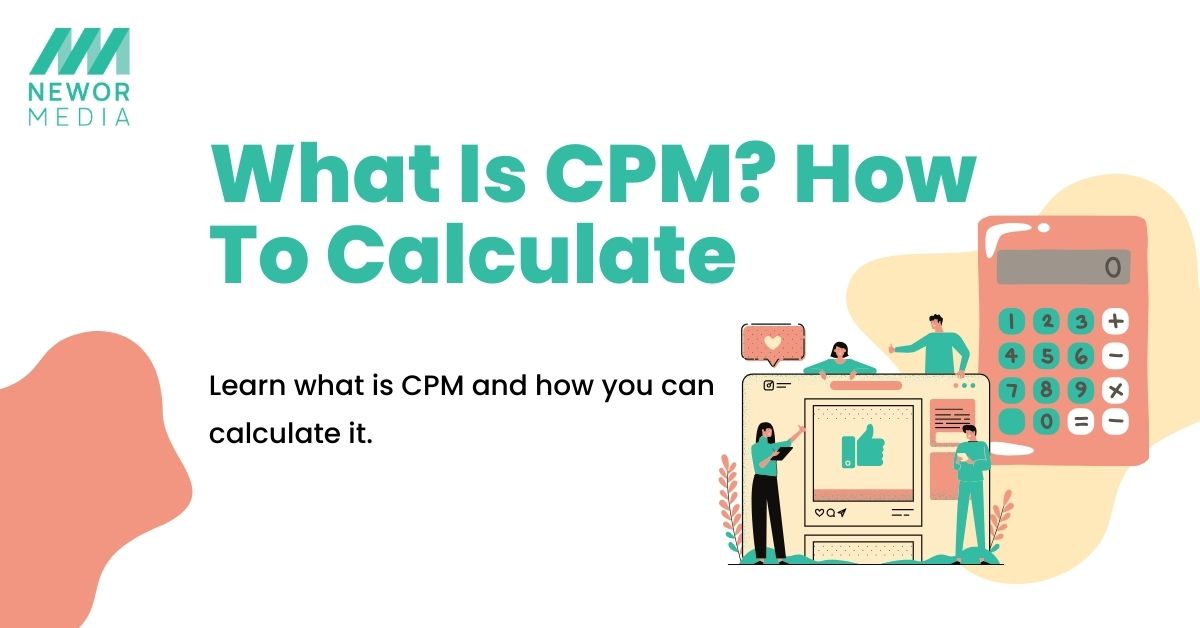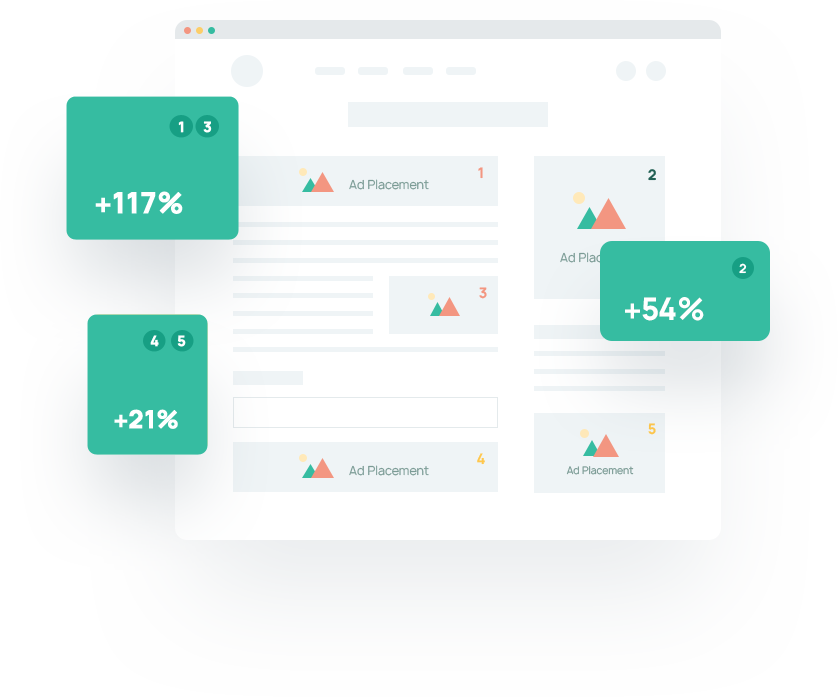What is CPM?
CPM (Cost Per Mille) is a standard metric used in advertising. It represents the cost of 1000 impressions on a website or any other digital platform. Advertisers use CPM to measure the cost-based effectiveness of any ad campaign, while publishers rely on CPM to understand the revenue they can generate from different ads.
Why is CPM Important?
CPM has turned out to be one of the most used pricing models in the industry today. It helps with a clear way of comparison between the cost of reaching audiences across different platforms. It helps both parties today, helping advertisers looking to maximize brand.
CPM is one of the most used pricing models in digital advertising because it provides a clear way to compare the cost of reaching audiences across different platforms. Every party involved whether you’re an advertiser looking to maximize brand exposure or a publisher trying to optimize ad revenue, understanding CPM is a crucial element for you.
For publishers, working with a Professional Ad Management Platform can help optimize CPM rates by improving ad placements and even targeting the right audiences.
How to Calculate CPM?
The formula to calculate CPM is straightforward:
For example, if an advertiser spends $500 on a campaign that generates 100,000 impressions, the CPM would be $5
This means the advertiser is paying $5 for every 1,000 impressions.
Factors That Affect CPM
Several factors influence CPM rates, including:
- Ad Placement: Ad placement in high-visibility areas (like above the fold) tends to have higher CPMs. This is because the placement has much more exposure to the audience.
- Audience Targeting: More specific targeting, such as demographics and interests, can increase CPM costs.
- Industry & Niche: Certain industries, like finance and technology, typically have higher CPM rates.
- Seasonality: Advertisers bid more aggressively during peak seasons, driving up CPM rates.
- Ad Quality & Format: Rich media ads, video ads, and interactive ads often command higher CPMs.
- Competition: Considering a market with too many players will affect the CPM as everyone is trying to drive the audience’s attention
How to Improve CPM Rates?
If you’re a publisher, increasing CPM can directly impact your ad revenue. The following are top strategies to improve CPM rates:
-
Optimize Ad Placement
As mentioned above, Ad placement in high-visibility areas (like above the fold) tends to have higher CPMs.
-
Improve Website Engagement
A high bounce rate can affect ad revenue very badly. Enhancing user experience will lead to better engagement and higher CPM rates.
-
Leverage a Professional Ad Management Platform
Using an advanced ad management solution can help publishers maximize ad revenue by optimizing demand sources, managing ad inventory, and improving fill rates.
-
Use Header Bidding
Header bidding allows multiple advertisers to bid for ad space simultaneously, increasing competition and boosting CPM rates.
-
Focus on High-Quality Content
Premium content attracts more advertisers, leading to higher bids and better CPM rates.
Conclusion
CPM is a key metric in digital advertising that helps advertisers measure cost-effectiveness and publishers maximize revenue. Understanding how to calculate and improve CPM significantly impacts your advertising strategy. Working with a Professional Ad Management Platform can further streamline ad operations and enhance overall earnings.
Advertisers and publishers can make the most of their digital advertising efforts by optimizing ad placement, engaging audiences, and using advanced ad technologies.


4 Comments
Comments are closed